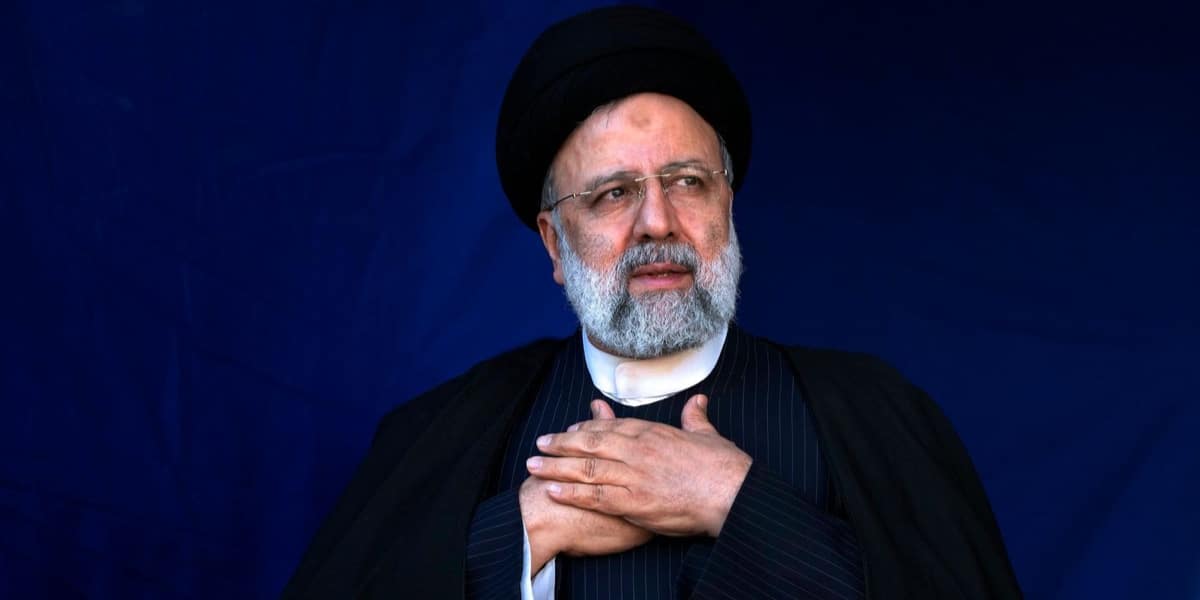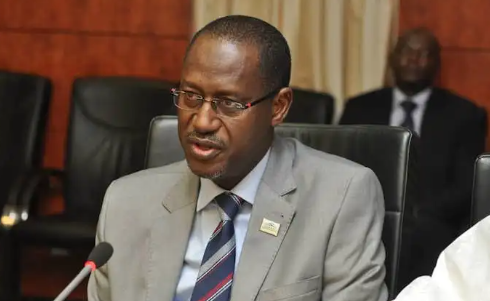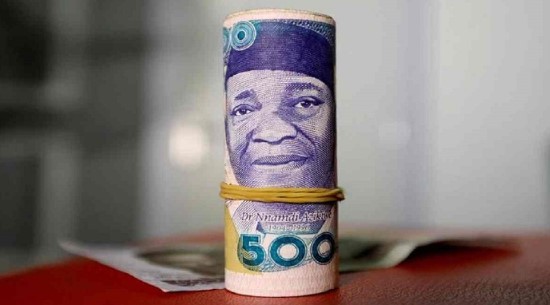On the morning of 25 February, a Nigerian journalist, Dayo Aiyetan, was attacked in Abuja while covering the 2023 presidential election. Mr Aiyetan, the Executive Director of the International Centre for Investigative Reporting (ICIR), was beaten, his clothes torn and his phone, car key, purse and a pouch containing his debit cards were taken away by thugs. His offence was recording a disturbance at the election field.
On that same day, Haruna Muhammed, the publisher of Wikki Times, was also harassed while videotaping people protesting against Governor Bala Muhammed of Bauchi State. For several days, Mr Muhammad was detained by the police on the order of the governor. Mr Muhammad was later released on bail.
These incidents are among the latest in a series of attacks against journalists and media workers in Nigeria as violence against the press escalated to an unprecedented level. Between January and August, 74 press attacks were recorded, according to data from Press Tracker – a record high that overtakes the 2019 record of 72 and marks another grim milestone in a deteriorating media landscape.
This is the highest number of recorded attacks against journalists since 1987.
The first quarter of 2023 proved to be particularly concerning when the Press Attack Tracker documented 45 tracked and verified attacks on journalists and media organisations.
These attacks undermined press freedom and demonstrate impunity, said Stephanie Douglas, deputy manager of the Media Freedom project at the Centre for Journalism Innovation and Development (CJID). To address this culture of impunity, Ms Douglas said there is a need for unwavering countermeasures and legal provisions that will help in protecting journalists.
She called for the initiation of change through the amendment of restrictive laws and regulations that hinder media freedom. In addition, Ms Douglas emphasised the importance of establishing an independent commission to prevent governmental interference and allow the media to operate without stifling constraints.
Globally, the number of journalists behind bars reached a record high in 2022, according to a report from the non-profit Committee to Protect Journalists (CPJ), which says that 363 journalists were imprisoned worldwide as of 1 December 2022.
The monthly data on the Press Attack Tracker shows that February and March, the months when Nigeria conducted its general elections, witnessed the highest number of attacks this year.
In January, the tracker recorded and verified two attacks on the press. By February, the month of the presidential election, there were 42 recorded incidents. In March, when state elections were held, the tracker recorded 27 incidents.
The number of attacks dropped sharply after the elections with no other month recording up to five incidents.
 Monthly attacks recorded between January and May.
Monthly attacks recorded between January and May.
CATEGORIES OF ATTACK
The most common threat to press freedom was by the broadcast regulator, NBC, through its controversial sanctions, according to the Press Attack Tracker. The regulator accounted for about 36.5 per cent of the attacks which include fines, suspensions, or closures imposed on media outlets.
Next to sanctions by NBC were physical attacks on journalists which accounted for 27 per cent of the total attacks. Most of these physical attacks, like others, occurred in March and April.
Denial of access accounted for 12.2 per cent of the total attacks. This refers to situations where journalists are prevented from reaching certain places or events.
Meanwhile, unlawful arrests of journalists constituted 10.8 per cent of the total attacks. This category signifies instances where journalists are detained without proper legal grounds, infringing upon their rights and ability to report freely.
Of the eight categories of violations, legal imprisonment had the lowest occurrence with only one case recorded in the first half of the year.
 Categories of attacks on the press.
Categories of attacks on the press.
Perpetrators of Attacks
Individuals accounted for 10.8 per cent of the attacks on journalists. These incidents involve personal disputes, grievances, or targeted attempts to silence specific reporters. Such attacks highlight the challenges individual journalists face in the course of their work.
On the other hand, 18.9 per cent of the attacks were attributed to political thugs. These actors are often affiliated with political groups and may resort to violence to suppress unfavourable coverage or dissenting voices.
About 41.9 per cent of the attacks were linked to regulatory bodies. This category indicates instances where institutions responsible for media oversight may engage in actions that curtail press freedom, such as imposing fines or restrictions on media outlets.
Security personnel, comprising law enforcement or military personnel, were responsible for 21.6 per cent of the attacks. These incidents could involve excessive use of force, arrests, or intimidation, undermining the crucial role of journalists as watchdogs.
 Perpetrators of attack
Perpetrators of attack
State actors, including government officials or agencies, accounted for 6.8 per cent of the attacks. Such incidents may signal a broader systemic issue that requires attention, as attacks involving state actors can have far-reaching implications for press freedom.
Geographical insights
All of Nigeria’s six regions experienced at least one attack on journalists.
The highest number of attacks occurred in Nigeria’s north-central region with 36.5 per cent. This was followed by the South-south with 14.9 per cent of the attacks.
The North-west and South-east regions recorded the least attacks with each having 4.1 per cent of the attacks.
 Percentage of attacks by geopolitical regions
Percentage of attacks by geopolitical regions
Reacting to the data, Lanre Arogundade, the executive director of the International Press Centre (IPC) said the findings from Press Attack Tracker are “deeply concerning.”
He added that this is an escalating trend of threats against journalists and media outlets in Nigeria, a phenomenon that often goes unreported. Mr Arogundade said there is also a threat faced by journalists working outside major media outlets, which often leads them to maintain silence in the interest of personal safety. He urged journalists to raise their voices, noting that a louder outcry will underline the urgency for substantial action.
“The continuous assault on journalists not only obstructs their essential work but also erodes citizens’ ability to make informed decisions and keep those in power in check,” Mr Arogundade said. “Addressing these issues is a collective responsibility of the society.”
 Press Attack in Nigeria 2023
Press Attack in Nigeria 2023
Also, collaborative efforts should focus on safeguarding journalists, upholding transparency, and staunchly defending the fundamental principles of a free press, he said.
“This commitment will ensure that the truth remains a guiding beacon, even in the most challenging times, thereby preserving the very essence of democracy.”
Support PREMIUM TIMES' journalism of integrity and credibility
Good journalism costs a lot of money. Yet only good journalism can ensure the possibility of a good society, an accountable democracy, and a transparent government.
For continued free access to the best investigative journalism in the country we ask you to consider making a modest support to this noble endeavour.
By contributing to PREMIUM TIMES, you are helping to sustain a journalism of relevance and ensuring it remains free and available to all.
TEXT AD: Call Willie - +2348098788999

.png)














